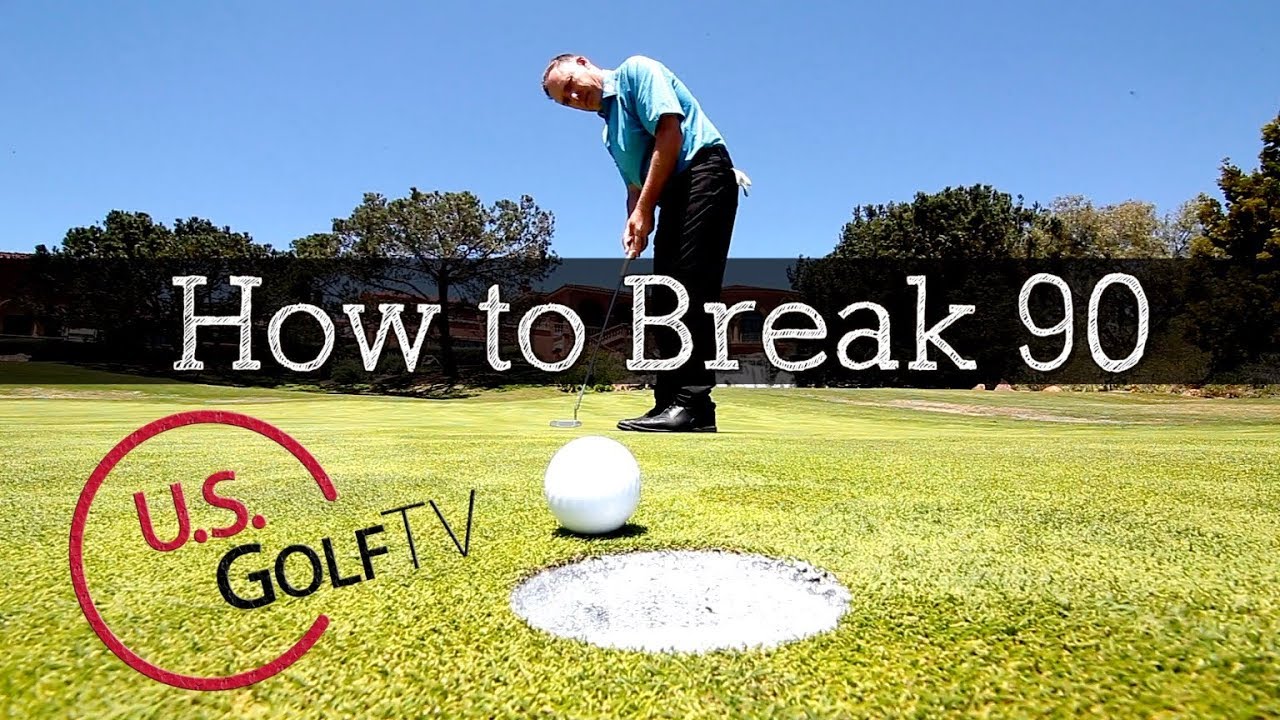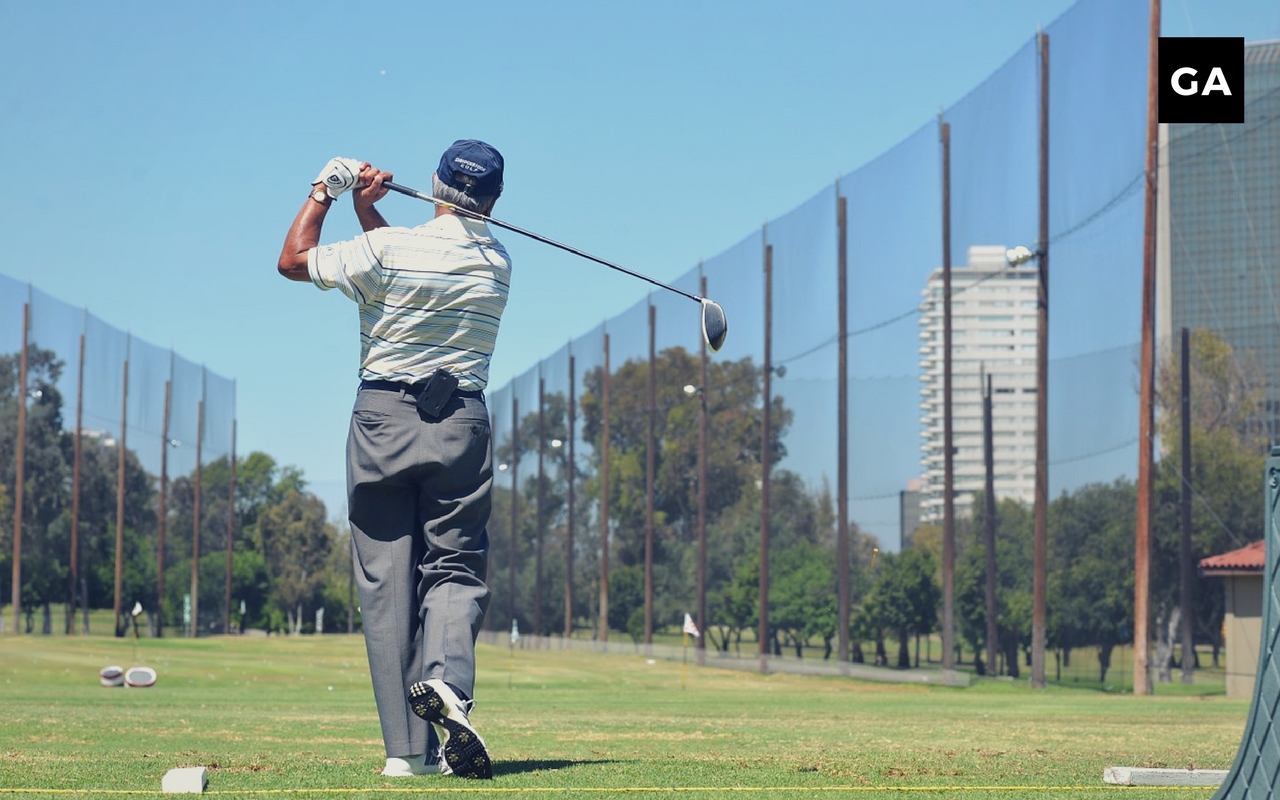
Putter drills improve confidence by helping you make center-face contact and develop your skill with the putter. You can choose between different exercises to improve your skills. You can improve your stroke speed and reading of a green by learning how to do it. These drills can help you improve your stroking skills and confidence when golfing. Try them out for free to see the benefits! These are the best golf putting drills, which you should practice every single day.
Get your body to make face-to-face contact when you touch the putter

Golf putting drills will help you make proper contact with your ball and make center-face impacts. These drills can also help you find your sweet spot, which is crucial to building a solid foundation for your putting stroke. To achieve this contact, your body must be controlled and you should maintain a square face at impact. These tips will help get you to the desired outcome:
Increase your ability to read a green
Golf putting drills can help you improve your green reading. A good green-reading drill should begin at least 100 yards. If you have a sloped green, make sure to hit your shot below the hole. A downhill putt is easier than an uphill one. These are the steps you need to improve your green-reading and improve your game.
Improve your stroke
You can improve your putting by practicing. You can use a golf putting ball and a pair of alignment sticks to practice your stroke. Next, align your backswing with the tees at different distances. Keep the follow-through fractionally shorter than your backswing. This technique will allow you to increase speed through impact and create a smoother stroke. A book putting drill can help you keep your putter face square during impact.
Speed up

Use a putter and practice ball to improve your golf swing speed. You can choose from a variety of golf putting drills. They all target one area of your golf swing to increase speed and control. It doesn't matter if your goal is to have fun or make a living playing on the green. There's a golf drill that's right for you.
Get more accurate
Practice consistent putting to improve your accuracy. Chris Ryan, the golf coach, offers some great putting drills. A straight line can improve your focus, control, and reading of grass lines. You'll also find it improves your rhythm. You can also practice doing different distances. Here are some examples. Try these drills.
FAQ
How often should I play golf?
It all depends on your time. Most recommend two practice sessions per week.
Four times a week is the ideal number to be an expert golfer.
What happens after a round of golf is over?
The player with the lowest score at the end of each round wins. If two players are tied for first, they both win.
If three or more people share first place after 18 hole, they are eligible to share the prize cash.
If two people are tied after 18 hole, the tournament committee decides who wins the prize money.
How does a golfer score points?
Points are awarded based on how well a player performs in a competition. You have many options for scoring points in golf. One example is that a player can win a tournament simply by scoring more than anyone else. Another option is for a player to finish second in a tournament, and receive half of the prize money that was won. Points are also awarded for finishing in places 3rd through 10th. These additional points are called'strokes.
These official competitions are not the only ones that award points. There are also many unofficial events which award points to the highest performing players. In some cases, a player may be given bonus points if they have previously performed well in a particular event.
What are the different types?
There are many types of golf courses. Some are for beginners and others for experienced players.
Some golf courses can be found near lakes, rivers and mountains. Others are found in urban areas. You will find everything from public golf courses to private estates.
How can I improve my playing?
There are many options to improve your golf game. You can join a group that plays golf. A club is a place where you can get together with other golf enthusiasts and learn new skills.
You could also buy some equipment such as clubs and balls. These items will assist you in improving your game.
Finally, you can read books on the game. The rules and regulations of golf will be better understood if you read about it.
Statistics
- They do this by means of assessing and rating courses according to the average good score of a "bogey golfer," a player with a handicap of around 20. (en.wikipedia.org)
- In the United States, the number of people who play golf twenty-five times or more per year decreased from 6.9 million in 2000 to 4.6 million in 2005, according to the [51] (en.wikipedia.org)
- Professional golfers typically make between 60% and 70% of greens in regulation. (en.wikipedia.org)
- Professional golfers typically make between 60% and 70% of greens in regulation. (en.wikipedia.org)
External Links
How To
How can you play better golf when the wind blows?
Golf is an outdoor game that can be played on grassy, open areas. It is a very popular sport. There are many courses available, including public and private. Indoor golf can also be played, such as in shopping malls or indoor arenas. Each hole has a number of holes where players have to hit the balls. Each hole has a tee box, fairway, rough, hazards (e.g., water), and green. Depending on the type shot needed, players may use a driver (wedge, wedge, long-iron, or putter). Depending on the rules of the course, players may have to carry the ball up to a certain distance before hitting it, or they may only have to drop the ball in the cup. Outdoor golf is different from indoor golf. These conditions include speed, temperature and humidity.
There are two main types: crosswinds, and headwinds. Headwinds blow left to right and crosswinds from left to right. If the wind blows towards the golfer, he/she is playing against the wind. However, if the wind blows away from the golfer, he/she will hit with the wind. Golf in strong winds is harder as the ball tends not to travel as far and higher. It is difficult to control the ball's trajectory and direction. Players try to compensate by keeping the club's face parallel to the ground. They strike it in a way that makes it contact the ball fully and maximizes its power. Although the ball may fly slower in stronger wind, it can travel farther because of increased air resistance.
Playing in the wind can be difficult. As mentioned above, the wind affects the flight path of the ball. The wind affects the flight path of the ball. A skilled golfer will always be aware of this. He/She will adjust their swing to match the wind conditions so they can hit the ball straight and without losing energy. It is also important to consider the direction of the wind. The wind is not always consistent in its direction. For example, the breeze that blows off the ocean can be very light, but it can often be stronger near the shoreline. Similar to this, wind blows strongly close to the ground. The golfer must therefore pay attention to the wind direction as well as intensity.
Golfing in the wind can be challenging. Watch the wind and ensure that your swing aligns properly. You must also learn to read wind patterns and adjust your swing accordingly.